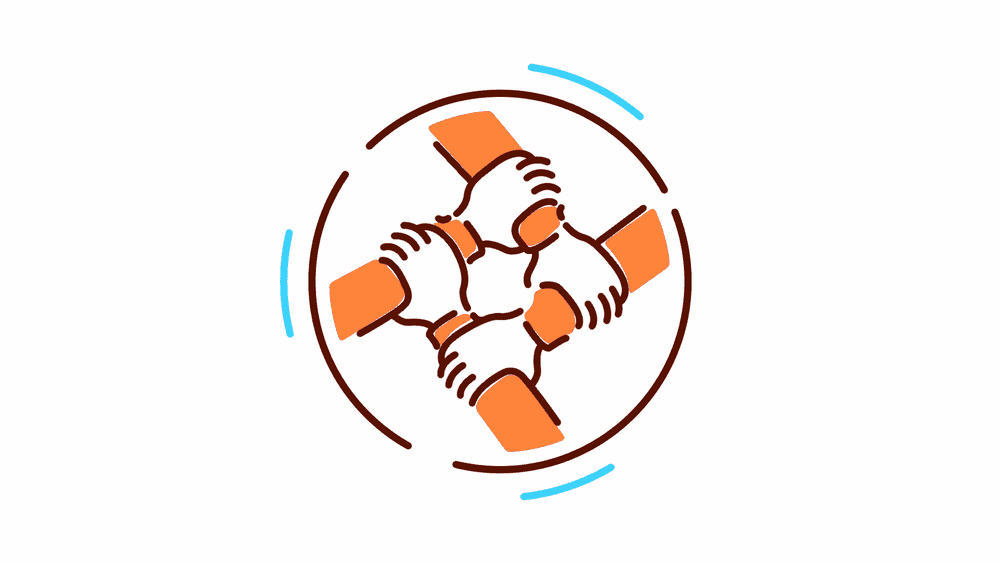This is absolutely for you if you’re selling something (product or service) and you want more users/clients.
If you have a main activity that you’re paid for and want to be paid more: higher amounts and more often. And if you want more people to see what you do.
It’s not for you if you don’t have what I described above and what I’ll continue to call “main activity” in the next paragraphs.
The “future of freemium” article is something I truly believe in, deeply within myself.
The future of freemium is a short article diving into how the world will work soon enough.
Freemium today
We’ve seen so many examples in today’s world of something that’s freemium and that has won. And I mean 100% won. Like Google or Facebook.
Yet when we start something, the first thing we say when it starts working is “I’ll charge $100 for it”.
That’s a no-no. It will go away soon enough.
And that’s somehow bad news for us entrepreneurs/creators, not good. Why?
Because today there’s still opportunity in creating something for free.
Because when everyone says “I’ll charge $100” as soon as they create something, it means it’s the normal way of doing it at the moment. It means you still have time to snatch this idea of freemium and make it into something truly soul-feeding (and profitable, as we’ll soon see).
But forget Google and Facebook. Let’s look at some relevant examples for what I’m about to say. I’ll dive into some freemium products that are a good example of the statement I’m going to make.
Unsplash — free stock photography
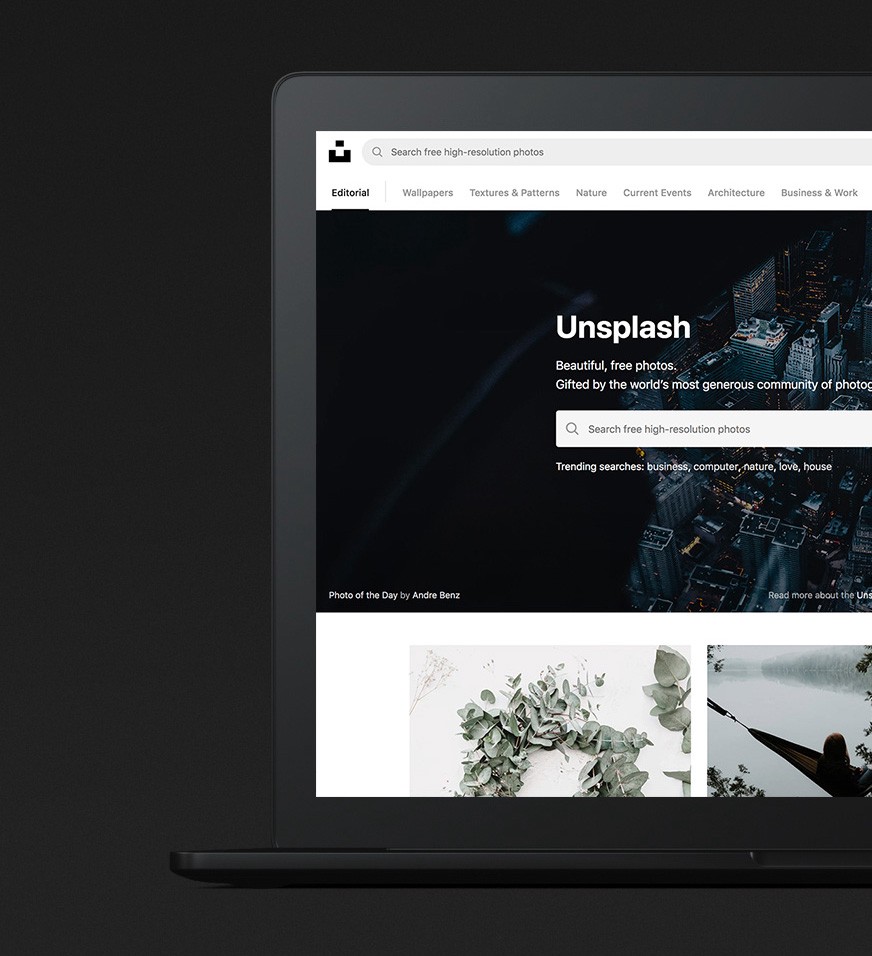
Unsplash made a killing — almost 40M monthly estimated visits from… offering free photos? Who would’ve thought someone would want that?
Turns out, Apple, Forbes, Entrepreneur Magazine, CNET and the whole gang did. And what’s the deal? Offering a platform for photographers to get exposure.
Anyways, the plan worked amazingly good for Crew, the company who started Unsplash as a side-kick from their main business. Truth be told, it’s likely that the founders’ idea probably helped them sell Crew, the parent company — not to mention that Unsplash became more popular than their parent.
This is the best case scenario: starting something like this that takes off far higher than your original idea. It’s as if you discovered the Americas yourself.
The catch with Unsplash?
It’s not the perfect example as it’s not entirely lightweight, and we’ll see in a second why that is relevant. Plus yes, there are discussions around profitability.
But hey, what’s better. 10m users with an uncertain profitability future or 2 users who are paying you only $20/mo?
History fact: they started it as a Tumblr blog, then moved on to something bigger.
They needed investment, otherwise soon enough their 8 MB per photo servers would rank up a bill higher than they’d be able to afford. And they got it — $7M as per their words, or $10M as per Crunchbase.
By the way, one of the ideas in my Ideas Centre is to create the exact same thing but for illustrations. Not a ground-breaking invention but I truly truly need it. Someone please build it (or anything else in my Ideas Centre).
HackerNews
HackerNews is an extremely lightweight website. If we think about it, all it holds is text and links (which is also text so I didn’t say too much in here). No pictures, no videos, nothing like that.
All you do on HackerNews is share links and discuss. We can see how you don’t really need terabytes to store a website like this one, yet it’s a very popular one.
We can sit here and debate that it piggybacked on Y Combinator’s brand, but the point I’m trying to make is different.
In fact, I believe it’s a self-feeding loop. People found out about Y Combinator through Hacker News and vice-versa.
What can we learn from HackerNews’ freemium?
Indeed most forums are free, so the question might sound weird. But even that is not the point.
We’ve seen similar communities emerge, sometimes very closely delimited, like Web Designer News and Designer News. What does that tell us?
- People like communities — no need to argue on that one.
- Even if Reddit exists, websites like these can thrive, as every place defines its culture. What’s allowed on Reddit may not be allowed on one of these three (HNews, WDNews and DNews) and vice-versa.
- Smaller communities are better sometimes, depending on your type of person.
- The most important thing: you can create a community like this.
The lesson here is that, especially if you’ve created a brand, you should work to do something like this in your niche. The Futur, an online education platform for designers, should have created Designer News or Web Designer News.
The good part for them? They can still do it. Since they’ve amassed their audience so far.
The good part for you? If you’re planning to become:
- A renowned film creator
- A wood artisan, or
- A world-class physics researcher
Then you should create:
- Filmmaker News
- Wood Artisan News
- PhysicsNews
How hard can it be? Building a community of people around a subject you anyways like?
What will you get out of building this?

Easy, you’ll be at the forefront of your field, once you’ve spent those 2/3/4/5 years trying to build and maintain this.
You’ll be leading it. It’s not an easy thing, by the way.
Plus, you know how sometimes you wonder why some people get media attention, even though their stuff is not the best?
They can even be average yet they get media attention. Why? They were simply the right person at the right time.
Guess what, you can be the right person at the right time while running a community like this one. And if you’re a 9/10, then more power to you.
This was freemium today. Let’s talk about…
Freemium in the future. And why it’s the most important thing.
I have some more examples from the present moment, but I’ll integrate them in what I’m about to say.
Here’s the idea, explained:
You, as a company, are doing something. You’re either starting out or you’ve been in business, and there might or might not be competition.
Whatever the variables above are, you’d love it if every single person who might buy what you do would know about your product. It can happen.
I’ll take the example of Chagency — it’s the design agency I run. Just to make it clear, it focuses on helping SaaS companies reduce user churn.
A bit of context for those who might not know. Skip these two italic paragraphs if you do. SaaS stands for Software as a Service, it’s a business model: think Squarespace, charging you monthly to use their website creator. Or Adobe Creative Suite, Shopify, GitHub or Dropbox — they’re all charging you monthly so you can use what they create.
User churn represents how many people stop paying this monthly fee. In other words, we’re helping companies lose less money.
Anyways, I’m trying to reach these people. Rather than having me come at them, I can make them come at me.
What I need to do is this: create something lightweight that will be used by these people, which will help them tremendously.
Two parts there: tremendous help and lightweight. Let me go through both.
Tremendous help

This can be either something functional or something that’s intellectually curated. I made both in the past. The idea is to save someone else’s time, but that’s not saying much, because every business saves time one way or another.
Yet, if you’re building, keeping in mind that you’re saving time can keep you on the right path of creating a product — so it has to be restated.
Let me go through both of the above-mentioned ways.
1. Intellectually curated freemium
Wikipedia is the best example.
If an upcoming (but not Harvard) University would’ve built Wikipedia, they would’ve been Harvard level at this point.
Why? Because of the exposure and the millions of thank you’s by the people living on this planet — which Wikipedia has got so far.
Intellectually curated freemium means you’re putting your blood and sweat into building something that’s not likely to be built by machines. In other words, not something that a computer can do faster than you.
Very relevant read is what I’ve written yesterday, which tackles the question “If you should do things that don’t scale, how do you know which things that don’t scale to do?”
I’ve made a library of how to tell between fake sneakers and real sneakers. It grew from 0 to 200k users in its first year and I only considered it a pet project that I worked on 2 times in a year.
I worked in bursts, so around a month each time — but that’s 2 months of work for 200,000 users. Only now I’m turning it into something bigger because I’ve learned the value of intellectually curated freemium.
And I’m not calling myself an intellectual. All I did was curate a library of all the information that was out there about fake sneakers.
Forget me though. This is about you.
What you’d need to do here is to do manual work. For instance, that could mean interviewing people. Pat from Starterstory is someone I haven’t met but someone that’s doing this.
He’s manually interviewing people, creating a database of those who have started their hustle. It’ll take a lot of time to do this over the years, but the man is loving it (I assume) and he’ll win if he keeps on doing it.
So the reason why you should create a business around something that you love is not because it sounds cool in front of your friends, but exactly because of this: it’ll be the fuel for your day-to-day as you’re “scraping through mud”. It’s not that bad to grind for this if you do it around something you like.
Any library you can build that will tremendously help the people you’re trying to reach will bring you their attention.
It’s so simple it sounds stupidly obvious. Want to reach the Pope? Build something that he will read, but yet something that’s so specific to him that won’t be read by not-very-religious people.
If it’s really good, his disciples will somehow find about it (bonus points if you reach out to them, the influencers of the influencer, to let them know about the value you’ve put together) and will tell him about it.
Then you’re in touch with the Pope… in theory.
2. Functional freemium
You’ve known it because you see it everywhere. You certainly use it. Something like:
- WordPress (of which I’m not shy when it comes to displaying love)
- Uber
- AirBnB
- Trello
And I gave examples from different places just to show that there are no limits at all. Every place needs some program that can help people do their job better, whether they’re employees or entrepreneurs.
Obviously, ideas come into play, but execution is everything. You’ve heard this before. You haven’t heard why.
Here’s why execution is everything: if you’ve got the experience to execute things properly (by the way, “properly” has many right answers, not just one), you’ll know which idea to do and which not.
And more importantly, how to “do” an idea.
Back to the freemium building idea, the point is to make something that can help this specific group of people you’re trying to reach. Unsplash and others have made that by accident.
You, the person reading this now, have the advantage of having seen how all these played out. So because you know it can work, you can sit down and think who you’re trying to reach.
I gave the example of myself. I want to reach SaaS founders, a very focused group of people. That means I need to build something that brings them a lot of value.
What could that be? Maaaybe something that scrapes through their entire data and comes up with insights.
Good idea? Maybe. Useful? Yes. The problem? It costs a lot to build and maintain something like this. It’s a product in itself. That’s why it has to be…
Lightweight
The thing with the idea above is that it might not be worth doing it if it’s free. Which brings me to my favourite example: Trello.
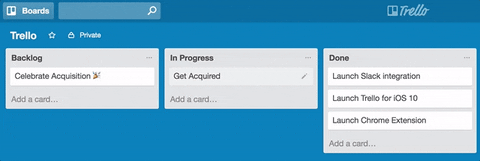
Trello is so simple yet very useful to people. Much like I said about Hacker News above, it doesn’t cost truly a lot to run it, if you keep it text-only.
Yes, now you’ve got pictures and uploading space and all that, but if they wanted to, it could’ve been very lightweight.
So here’s the catch: building something that’s very useful to the people you’re trying to reach, yet at the same time lightweight for you to maintain.
“What’s the point of doing all this, Daniel?”
The point is that the high-quality amount of people that reach out to you because of what you put out for free justifies the costs of maintaining this freemium thing you’ve put out.
Back to my case with SaaS companies. Let’s say that rather than my idea above which is expensive to maintain, I’m doing an online calculator for SaaS metrics.
Something like: tell me your total number of users and your number of users who unsubscribed, I’ll tell you the user churn rate.
That + some 15 other more difficult metrics. That’s something lightweight, as you can choose to not store data. I’d just be putting it out there and leave it. Let’s look at it:
- It doesn’t really help people who are outside the SaaS sector — so good focus, keeping outsiders at bay
- It’s easy for me to maintain it
- It puts me in touch with the right people because…
- It cost me something to build it, but if I just say “made by Chagency, an agency that helps SaaS companies reduce user churn”, that’s the treasure at the end of a rainbow
By simply adding a… not an advertisement, rather a “signature”, saying that we made this, we’re opening the doors to people reaching out to us. And trust me, if it’s really good, people will do that. Plus, if it’s useful to SaaS founders, they’ll share it amongst other SaaS founders.
Let me recap:
Because of the people it puts us in touch with (therefore, thanks to the better contacts and contracts we’ll make), it makes sense for us to burn money by building and running this side-project.
The SaaS calculator is a basic example. It’s not that useful. You can come up with something better, because you know what these people you want to reach need.
Examples of products like these
I got a few more examples of this “future of freemium” graduates. There’s obviously more than just this, but you will get the point with the following examples.
These following ones are functional and super-lightweight examples that garnered attention. On top of that, I’ll mention who should have built them — the same way Marriott or Hilton should’ve built AirBnB or Yahoo should’ve built Facebook.
1. Eat This Much
It’s found here.
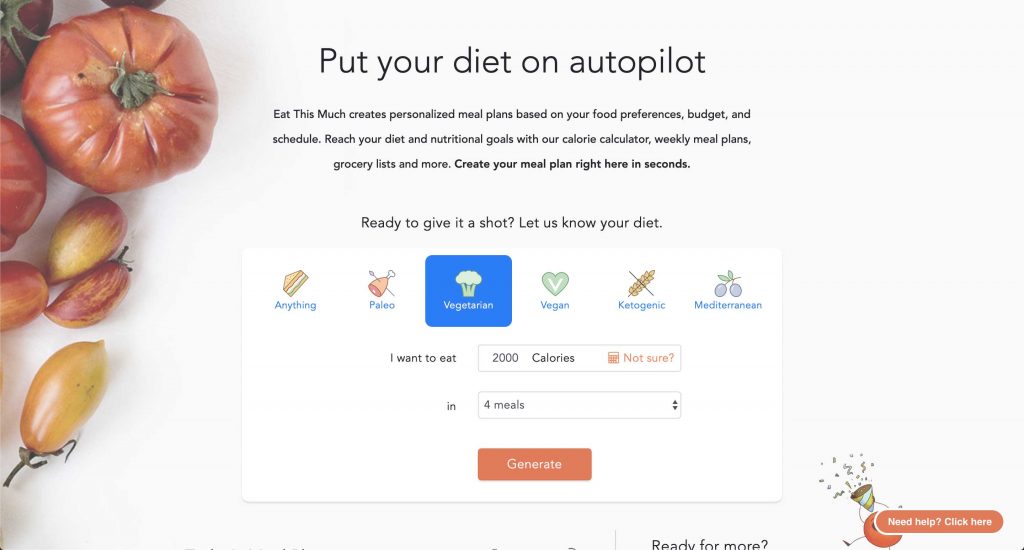
Pick your diet (paleo, vegetarian, vegan, ketogenic, mediterranean or no specific diet), pop in your number of calories you want to eat in a day and the # of meals — and this thing will spit out a combination of foods you can have.
Here’s an example for 2000 vegetarian calories.
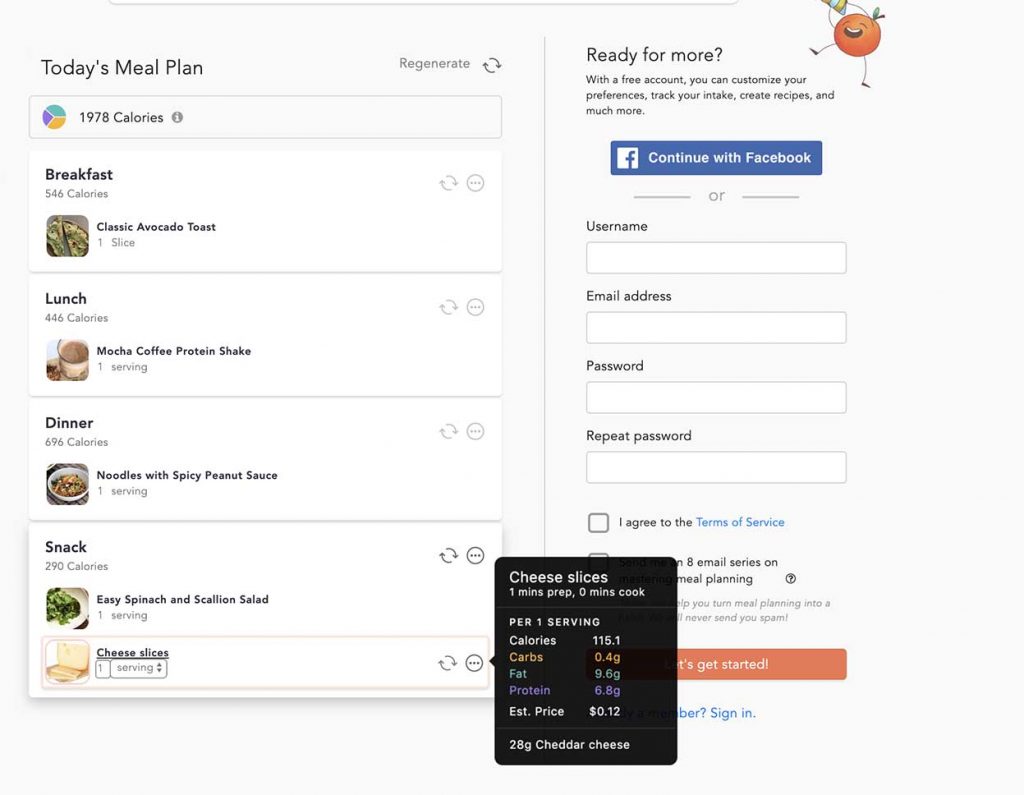
Absolutely brilliant and tremendously valuable for people who are controlling their diet.
Lightweight, as it’s no complex software. Just a combination of intellectual curation (someone had to curate all these dishes) + a tiny bit of computer function (mix and match dishes based on the number of calories)
Pair that with beautiful UI (which is the case) and you’ve found yourself a killer example.
Bonus: after “how many calories”, there’s a button saying “not sure?” — this is a calorie calculator based on your goals. 2 in 1. You can come up with a product like this only if you truly love what your mission is about (in this case, nutrition).
Who should have built this? The list is very long here. Weight Watchers, any gym, any personal trainer or fitness guru.
Any of these would’ve benefitted tremendously and would’ve become the Dr Oz of bodybuilding/weight loss if a personal name (read: personal brand) was attached to this online tool.
An empire could’ve been built starting with this.
How? By creating a library of recipes (healthy, mind you), which are linked as the meals are shown, a library of very-simply-made guides on these diets + a plethora of other simple-yet-effective explanations on this whole complicated world of “losing weight”.
Combine all these with a short-term way of making some capital, through nutrition consulting (or even personal training).
2. PayPal fees calculator
This one is stupidly simple (stupid is good, by the way. I love stupid and simple): an online calculator for fees. It doesn’t even need to have beautiful UI, as you can see.
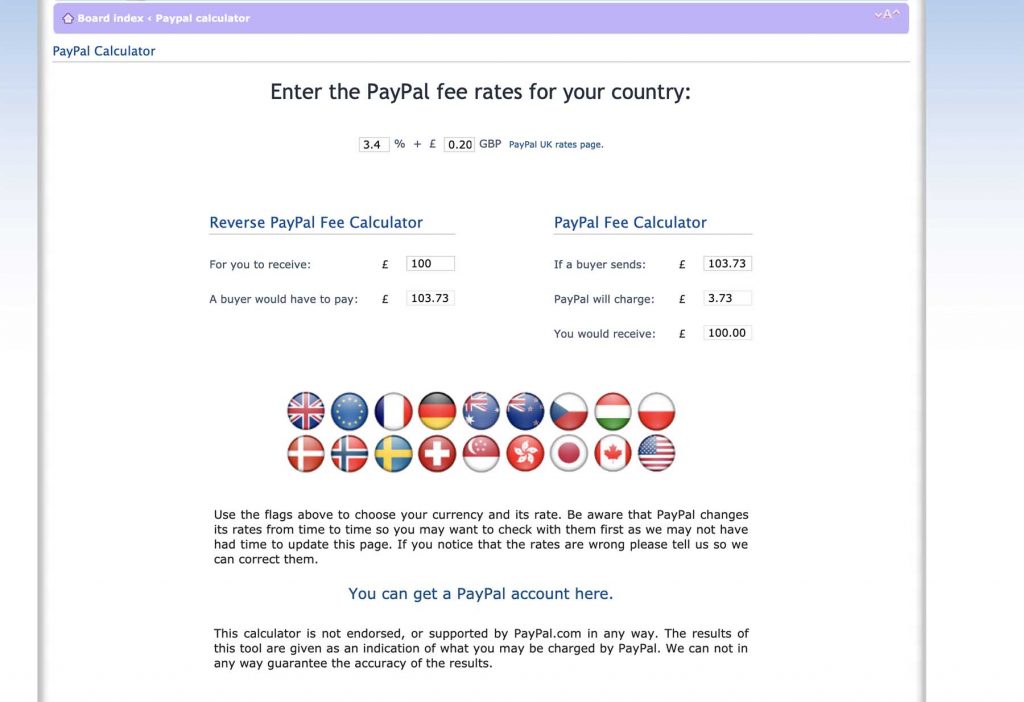
Why did I link it then? Because I saw it recommended in a Reddit thread. And that points to another reason why freemium will be the base for you — since you’re not selling anything, the network effect can happen much easier (more below on types of relationships).
People have a much easier time recommending something that helped them without asking for anything. In other words, paying it forward.
The next level of this concept
I mentioned Trello before and I want to show you how this idea can be taken to another level.
Trello is a good example of something that’s lightweight and really effective. When does Trello become really powerful? When you’re a company centred around organized people, helping them be even more organized.
What’s the deadly combo?
A luxury, minimalistic furniture company making Trello instead of its founders. And then make the Marie Kondo TV show, before it was born. Yes, Trello became a project management software tool, used by techies. But it might as well have easily been packaged as a life planner.
So if this furniture company (that wasn’t doing bad, but wasn’t extremely known either) came up with these two products, they would’ve been known today the same way Apple is known. Why?
Because of the exposure of these two products: a TV-show (and lifestyle ideology) that is about being organised and maybe minimalistic, plus a software tool that helps you make your life that way.
The example is a bit far-fetched but I hope you can see the value in it. It’s not the first time I say it.
Trello, a furniture company and Marie Kondo’s TV show (or book for that matter) are very far away in reality.
But in the future that your mind is imagining, something similar to them three can become not only true, but highly profitable — when applying these concepts to your case.
Freemium in the past
Michelin and Guinness
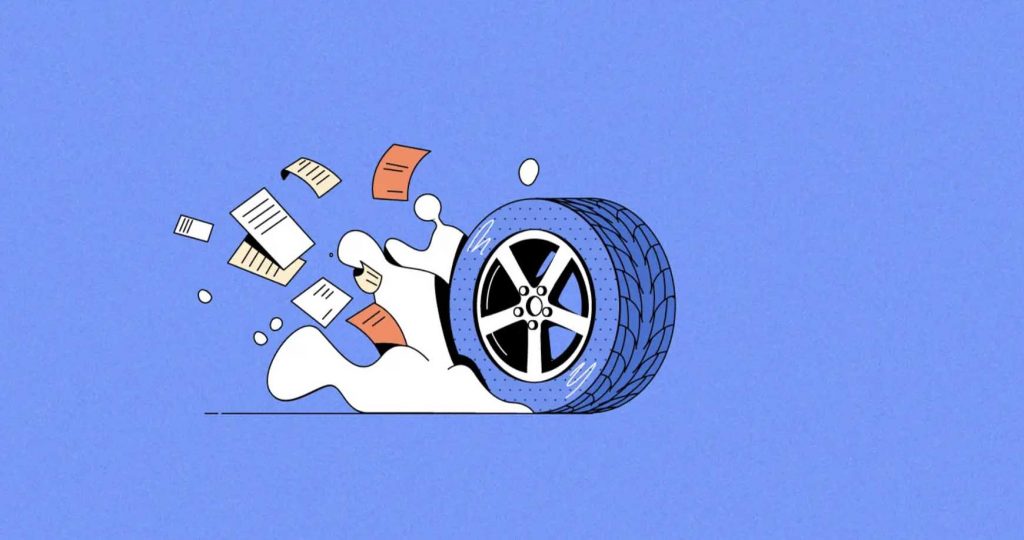
I always tell the same story about these two and I’ve briefly dived into Michelin’s story here.
These two stories mesmerise me every time I retell them (or re-read them).
They deserve a long article as well, which I keep postponing due to handling many other things but I promise that as soon as they’re done, I’ll link it here.
As today’s article is long enough (and tomorrow another one will be made as part of my daily writing exercise), I’d be turned into a couple of chapters from a book if I include Michelin and Guinness’ relevant examples here.
I’ll just briefly mention them: they were both ahead of the game.
Michelin made the red book in 1900 (1900 sharp, it’s not an approximation) that led to today’s 3-star-maximum rating of the restaurants. Why? There were only 350 cars in France at that point and they wanted to spread the concept of tourism.
They’ve created this book that was an infinite source of value for travellers (by car or by motorcycle):
- An index of pharmacies where one can find gas containers (there were no petrol stations back then, remember?)
- An index of hotels/motels/etc. where one can spend the night as they were travelling
- An index of restaurants (which came later but this is what’s out there today as well)
- An index of repair shops
- Etc.
Guinness, on the other hand, realised that besides football, people in bars love to talk about trivia. What did they make then? What would later become the book of World Records.
Neither of the two was free, yet they weren’t made for a profit either. Rather, they were made for the amount of awareness their brands would garner. That was last decade, but you live in today’s world.
One last thing: on relationships
One thing was obvious to me but not to the people that I talked to about this concept: relationships. It’s crucial to be aware of this.
The reason why building a lightweight freemium product has fantastically higher chances of succeeding than the main business/service you attach it to is because of the dynamics between you and people.
And when I say people I want both of us to take a very pragmatic stance and assume these people are the worst: the kind that believes “Why should I care about what you do and why are you pestering me with your product/services?”
When you sell something, which is the case in the your main activity, people don’t have any incentive to tell others about what you do.
If you don’t believe me, see it for yourself: write a Facebook status, a Reddit post or a Medium article and no one will bat an eye.
And it makes sense why: biologically speaking we’ve adapted to look for positive-sum games.
You cold calling or cold messaging may be a positive-sum game. In other words: you might deliver more than you ask for.
But it’s a risky bet. So our adapted brain sees that Reddit post and automatically dismisses it as useless — probably in the back of the head.
No more cold calling. You’re not allowed to cold call anymore if you’ve read this article (exceptions apply, of course, if you really need short term capital).
If what you’re putting out is this freemium, this is where these dynamics change.
You’re not selling to people, so the relationships between yourself and them is pure. Or at least better.
If I’m giving people the free meal-planner I wrote as an example above, of course our adapted brain says “Hey, good stuff. Positive-sum game here without a doubt! Let me share it with my community”.
The same way our common ancestor was wise enough to think “Let me share this mammoth meat with my community, maybe they’ll also take care of me if I ever need it”.
That’s why you and I dismiss ads or whatever looks like a negative-sum activity: someone in the street selling you something, for instance.
Just to recap: promoting your services? No way, we’re not listening.
Telling us about this useful positive-sum thing you’ve made? Okay, let’s see. Oh, what you’re giving us is also super good and useful? Tell us more, what do you do, do you offer services?
Notice the difference in the dynamics of this relationship. And the very important side-effect explained above happens: people will share it with their community.
Conclusion
One thing to mention is that this practice might become such a standard, that we’re going to consider it old school at one future point.
Think about how we roll our eyes when someone is seriously recommending us the old-school marketing technique “ABC Always Be Closing”.
Will it surely become? I don’t know. But what I do know is that at this very second, it works. And I also know that things that work very well don’t stay like that for a long time.
So the best time to act is right now.
About Ch Daniel
I’ve updated this signature in July 2020, so older mentions of the signature might not make sense.
I currently don’t write on this blog anymore. I wrote daily for 9 months on this very blog, but now I’m focused on building the CH Group.
If you want to follow my newer articles, check out the CH Group’s blog.
See everything I do here: Chdaniel.com

Illustration: Manuel Neto, Feitosa in Motion, Prand Studio, Millie Woodcock, Unsplash, Mattias Kall

